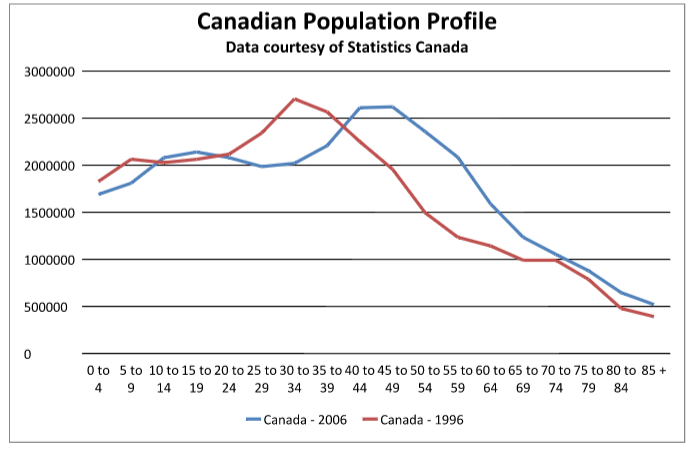“Growth and comfort do not coexist.”
Ginni Rometty
In any performance management, the objective is generally to develop and grow our awareness, skills, and abilities and to adjust our choices, actions and behaviours to achieve desired outcomes. Whether the objective is incremental (getting better at what we’re already doing), or is deeply transformational (doing something entirely different and presumably more useful), some level of individual change is required.
 The thing about change is that it is profoundly uncomfortable, particularly in its early stages. It demands a level of self-awareness in order to challenge the way we think and act. It requires that we confront and change our habits, which may be exhausting. Basically, change feels like it sucks. It sucks our energy and our competence and our confidence and our sense of certainty. It creates a vacuum in our experience, a sucking space between what we know to do and what we need to do. Things that we may have done effortlessly become onerous. Change depletes us and we often want to avoid these feelings.
The thing about change is that it is profoundly uncomfortable, particularly in its early stages. It demands a level of self-awareness in order to challenge the way we think and act. It requires that we confront and change our habits, which may be exhausting. Basically, change feels like it sucks. It sucks our energy and our competence and our confidence and our sense of certainty. It creates a vacuum in our experience, a sucking space between what we know to do and what we need to do. Things that we may have done effortlessly become onerous. Change depletes us and we often want to avoid these feelings.
Avoiding the discomfort of change extends beyond us as well. Consider when we see someone struggling. We experience their discomfort and want to help so that it doesn’t have to suck for them. Managers will soften a performance management message so that it doesn’t create as much discomfort.
Avoiding the sucking feeling may cause us to abandon even the most thoughtful and well-intentioned change efforts. Interesting too is that the desired outcomes often lag well behind the uncomfortable change effort. We don’t get the results quickly and that uncomfortable sucking feeling is mounting, so we may become convinced that the change effort should be abandoned. We may even think that if it was the right thing to do that it would feel better. Perhaps we have been chastised for mentioning that it sucks, presumably because observing that change can sometimes suck is somehow negative or unsupportive of the desired change. This effectively masks the honest expression of discomfort and when we’re feeling it, we’re alone – further reinforcing the idea that it should feel good and we should be thoroughly positive about it.
Now imagine this in a team effort or within an organization. Individuals may want to avoid the sucking feeling and stop anything that causes it, they may want to rescue their colleagues or employees who are experiencing discomfort (which of course hampers their ability to make the change themselves). We double back and try to calculate ways to change without discomfort (likely neither effective nor efficient). If people are feeling discomfort, they can’t mention it which gives the illusion that it doesn’t suck. Alternatively, people may distance themselves from the discomfort of change and disconnect from people in the throes of discomfort which breaks support and trust – making it very difficult for people to take the risks of change or talk about the discomfort of change even further. As a result we get a start – stop pattern with projects, efforts and change. If this pattern repeats, we learn that discomfort doesn’t yield results and we may stop trying it at all.
Here’s an idea: what if we made our next intentional change about getting good at letting it suck? What if we became super-comfortable with discomfort?
Ultimately any interesting learning we ever have achieved or ever will achieve has at least some discomfort. We’ve got to tolerate discomfort to get to elevated performance. If we are truly invested in someone else’s learning we have to recognize and appreciate when they experience discomfort, because we know they’re in the midst of powerful change. What if we acknowledged and planned for discomfort in the change process and discussed how to support each other to stay on course when it really sucks?
One thing worse than the sucking, uncomfortable feeling of making an intention change is when we have to repeat it because we didn’t bear the discomfort through to results the first time. We must recognize and embrace discomfort in order to make change effectively and efficiently.
So think today about one thing you can do to improve your own ability to tolerate discomfort. Think about one thing you can do to support someone else in the discomfort of change without rescuing them from it. Think about one way you can talk about and normalize discomfort in your team or organization. Each of these will be a little uncomfortable. Recognize that, persist and smile, because you’ve got to LET IT SUCK!





